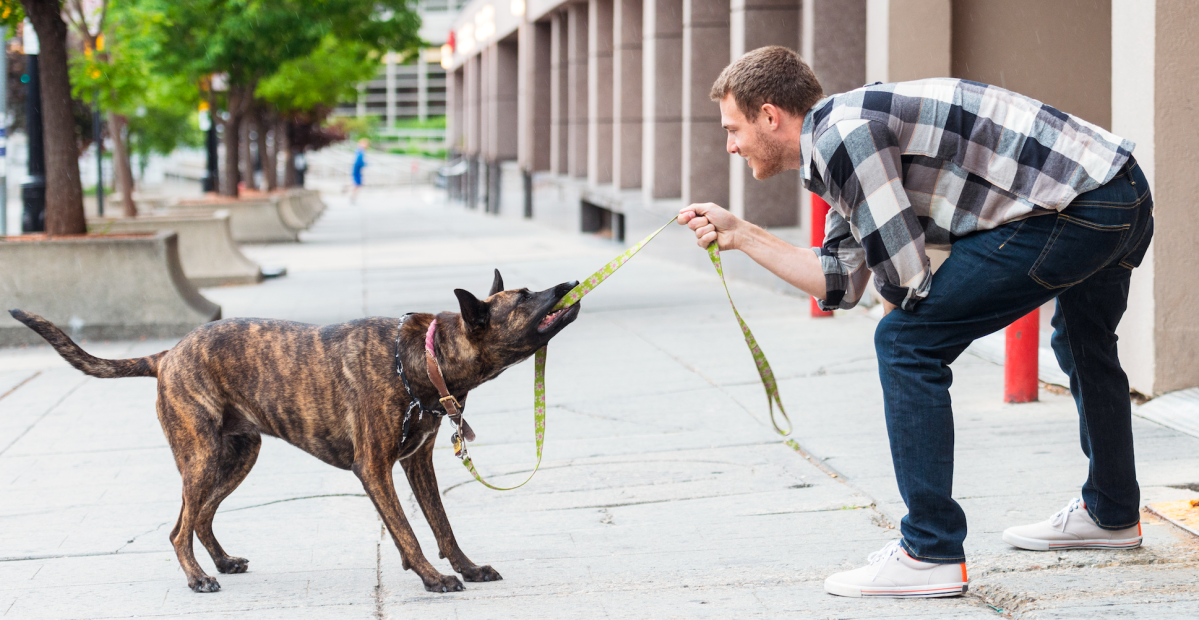A yanking, pulling pup on the end of a leash is more than just annoying for the human on the other end of it — it could be dangerous, too.
A new study is raising awareness of these risks associated with improper dog walking, like a greater risk of hip and upper body fractures. While these injuries tend to occur more among those aged 65 and above, no one is immune when a 100-pound Great Dane wants to chase a squirrel.
But, thankfully, there are several ways to ensure a joyful, leisurely walk for both you and your best friend without ending up in the hospital.
“I would stress the importance of obedience training and making sure that the dog is taught not to lunge while on a leash,” Kevin Pirruccio, MD candidate at Perelman School of Medicine at the University of Pennsylvania, told NBC News.
“I would also encourage [adding] resistance training and balance exercises to [your] daily life in order to improve overall durability and minimize the chances or consequences of a fall,” he added.
“Lastly, if they had not yet decided on a particular dog breed, I may suggest a smaller or more easily trainable dog as a pet.”
Training a dog not to pull might be much easier said than done but one of the things you can do to not encourage this kind of behavior is to lay off on the leash yourself.
“[People] pull on the leash to hold the dog [in place],” dog trainer Tyler Ohlmann said. “[This] triggers opposition reflex and the dog pushes forward.
“You’re literally teaching a dog to pull, which is probably a number one reason a dog is walking poorly to begin with.”
The very leash you’re working with could be the problem, too. A harness that turns the dog’s head or squeezes their middle or a collar that applies pressure when they pull can make all the difference.
“[The aim of equipment] “is to make the act of pulling unpleasant,” Ohlmann explained. “Dogs are rational creatures, so if pulling forward results in discomfort they’ll do it less.”
Thanks for reading InsideHook. Sign up for our daily newsletter and be in the know.


















